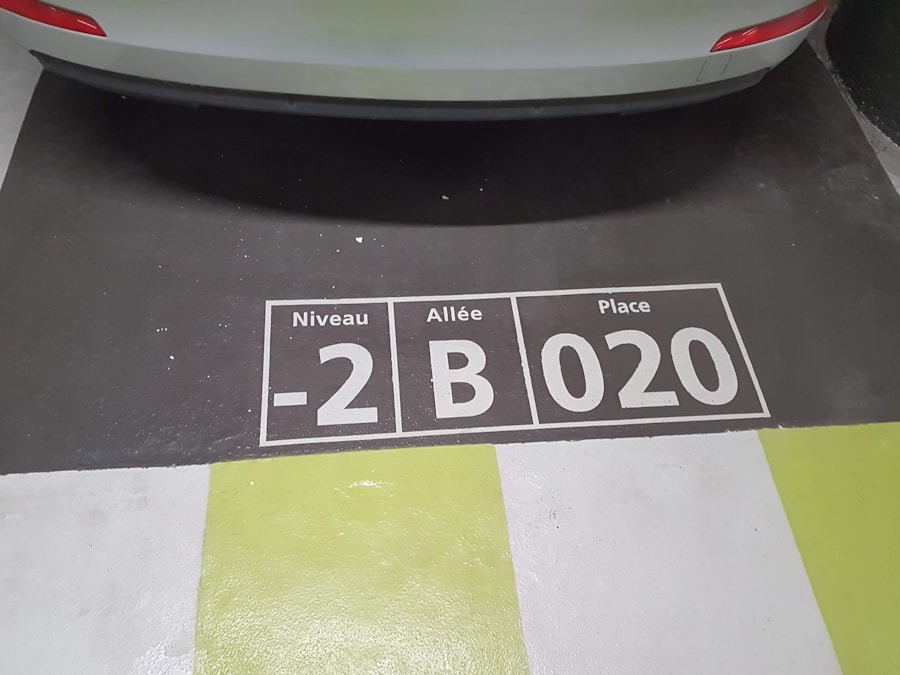3D Printing: Today’s Latest Advancements
Description
3D printing, also known as additive manufacturing, has revolutionized the way products are designed, developed, and produced across various industries. This innovative technology allows for the creation of three-dimensional objects from digital files by layering materials in a precise manner. The origins of 3D printing can be traced back to the early 1980s when Charles Hull invented stereolithography, a process that utilized ultraviolet light to cure liquid resin into solid forms.
Since then, the technology has evolved significantly, leading to the development of various printing techniques and materials that cater to a wide array of applications. The appeal of 3D printing lies in its ability to produce complex geometries that would be difficult or impossible to achieve with traditional manufacturing methods. This capability not only enhances design freedom but also reduces material waste, as objects are built layer by layer rather than being cut from larger blocks of material.
As industries continue to explore the potential of 3D printing, it has become evident that this technology is not merely a trend but a transformative force that is reshaping manufacturing paradigms and enabling new possibilities in product development.
Key Takeaways
- 3D printing is a revolutionary technology that allows for the creation of three-dimensional objects from digital files.
- Various materials such as plastics, metals, and ceramics can be used in 3D printing, and processes like Fused Deposition Modeling (FDM) and Selective Laser Sintering (SLS) are commonly employed.
- In the medical field, 3D printing is used for creating custom implants, prosthetics, and even organs, while in healthcare, it is utilized for producing personalized medical devices and tools.
- Aerospace and automotive industries benefit from 3D printing by creating lightweight and complex parts, reducing production time, and enabling rapid prototyping.
- 3D printing has the potential to contribute to sustainability by reducing material waste and energy consumption, but it also poses challenges in terms of recycling and environmental impact.
Materials and Processes
Thermoplastic Filaments
One of the most commonly used materials is thermoplastic filament, which is employed in Fused Deposition Modeling (FDM) printers. This process involves melting a thermoplastic filament and extruding it through a nozzle to build up layers. Polylactic acid (PLA) and acrylonitrile butadiene styrene (ABS) are two popular thermoplastics due to their ease of use and availability. PLA is biodegradable and derived from renewable resources, making it an attractive option for environmentally conscious consumers.
Metal 3D Printing
In addition to thermoplastics, metal 3D printing has gained traction in industries requiring high-performance materials.
These processes allow for the production of intricate components with superior mechanical properties, which are essential in sectors like aerospace and medical devices.
Ceramic 3D Printing
Furthermore, advancements in ceramic 3D printing have opened new avenues for creating complex shapes that are both lightweight and heat-resistant, making them suitable for applications in electronics and automotive industries.
Medical and Healthcare Applications

The medical field has been one of the most significant beneficiaries of 3D printing technology. Customization is paramount in healthcare, where patient-specific solutions can lead to better outcomes. One notable application is the production of prosthetics and orthotics tailored to individual patients.
Traditional methods of creating prosthetic limbs can be time-consuming and costly; however, 3D printing allows for rapid prototyping and production of custom-fitted devices. For instance, organizations like e-NABLE have utilized 3D printing to create affordable prosthetic hands for children, significantly improving their quality of life. Another groundbreaking application is in the realm of bioprinting, where living cells are printed to create tissues and organs.
Researchers are exploring ways to print complex structures that mimic natural tissues, which could eventually lead to organ transplants without the need for donors. Companies like Organovo are at the forefront of this technology, developing bioprinted liver tissues for drug testing and research purposes.
Aerospace and Automotive Innovations
| Category | Aerospace | Automotive |
|---|---|---|
| Electric Vehicles | Increasing use of electric propulsion systems in aircraft | Rapid growth in electric vehicle adoption |
| Autonomous Technology | Development of autonomous drones and air taxis | Advancements in self-driving car technology |
| Materials | Utilization of advanced composites for lighter and stronger aircraft | Development of lightweight materials for improved fuel efficiency |
| Space Exploration | Increased private sector involvement in space missions | Exploration of new propulsion technologies for space travel |
The aerospace and automotive industries have embraced 3D printing as a means to enhance design efficiency and reduce production costs. In aerospace, where weight reduction is critical for fuel efficiency, additive manufacturing allows engineers to create lightweight components with complex geometries that traditional methods cannot achieve. For example, companies like Boeing and Airbus have integrated 3D-printed parts into their aircraft designs, resulting in significant weight savings without compromising structural integrity.
The ability to produce parts on-demand also streamlines supply chains, reducing lead times and inventory costs. In the automotive sector, manufacturers are leveraging 3D printing for rapid prototyping and production of end-use parts. Ford has utilized additive manufacturing to create tooling for assembly lines, which has led to faster production times and reduced costs.
Additionally, companies like Local Motors have taken the concept of 3D printing a step further by developing vehicles that can be entirely printed using large-scale additive manufacturing techniques. The Strati, a 3D-printed car, showcases how this technology can disrupt traditional automotive manufacturing processes by enabling customization and reducing waste.
Sustainability and Environmental Impact
As industries increasingly focus on sustainability, 3D printing presents an opportunity to minimize environmental impact through reduced material waste and energy consumption. Traditional subtractive manufacturing processes often result in significant waste as excess material is cut away from larger blocks. In contrast, additive manufacturing builds objects layer by layer, using only the necessary amount of material required for each component.
This efficiency not only conserves resources but also lowers production costs. Moreover, the potential for using recycled materials in 3D printing further enhances its sustainability profile. Companies are developing filaments made from recycled plastics, allowing for a circular economy where waste materials are repurposed into new products.
For instance, brands like Filamentive produce eco-friendly filaments derived from post-consumer waste, contributing to a reduction in plastic pollution. Additionally, advancements in bio-based materials offer alternatives to petroleum-based plastics, aligning with global efforts to reduce carbon footprints and promote sustainable practices across industries.
Future Possibilities and Challenges

Optimizing Production with Artificial Intelligence
One area ripe for exploration is the integration of artificial intelligence (AI) with additive manufacturing processes. AI can optimize design parameters, predict material behavior during printing, and enhance quality control measures. This synergy could lead to more efficient methods and improved product performance.
Addressing Challenges and Concerns Establishing robust frameworks for protecting designs while fostering innovation will be crucial as the industry matures. Regulatory standards must evolve to ensure safety and efficacy in applications such as medical devices and aerospace components.
Transforming Manufacturing Landscapes
As we look ahead, the intersection of 3D printing with emerging technologies such as robotics and IoT (Internet of Things) could further transform manufacturing landscapes. The ability to create smart products embedded with sensors or connectivity features may redefine how we interact with everyday objects. While the journey toward widespread adoption of 3D printing continues, its impact on industries ranging from healthcare to aerospace is already profound, paving the way for a future where customization, efficiency, and sustainability are paramount in manufacturing practices.
Today’s 3D result can be found on this article which discusses modified lottery apps. Another interesting read related to the 3D result is this article that explores how physical activities can enhance education. Additionally, this article delves into the benefits of physical education for overall health.
FAQs
What is a 3D result?
A 3D result refers to the outcome of a 3D lottery game, where players choose a three-digit number and win prizes based on matching the drawn numbers.
How is a 3D result determined?
A 3D result is determined by drawing three numbers from 0 to 9, and players win prizes based on matching the drawn numbers in the exact order or any order.
Where can I find the 3D result today?
You can find the 3D result today from official lottery websites, authorized lottery retailers, or through lottery result apps and platforms.
What are the prizes for the 3D result today?
The prizes for the 3D result today vary based on the specific lottery game and the type of bet placed, but typically include different prize tiers for matching numbers in different orders.
How often are 3D results drawn?
The frequency of 3D results varies by lottery game, but they are typically drawn daily or multiple times a week. It is important to check the specific schedule for the 3D lottery game you are playing.





